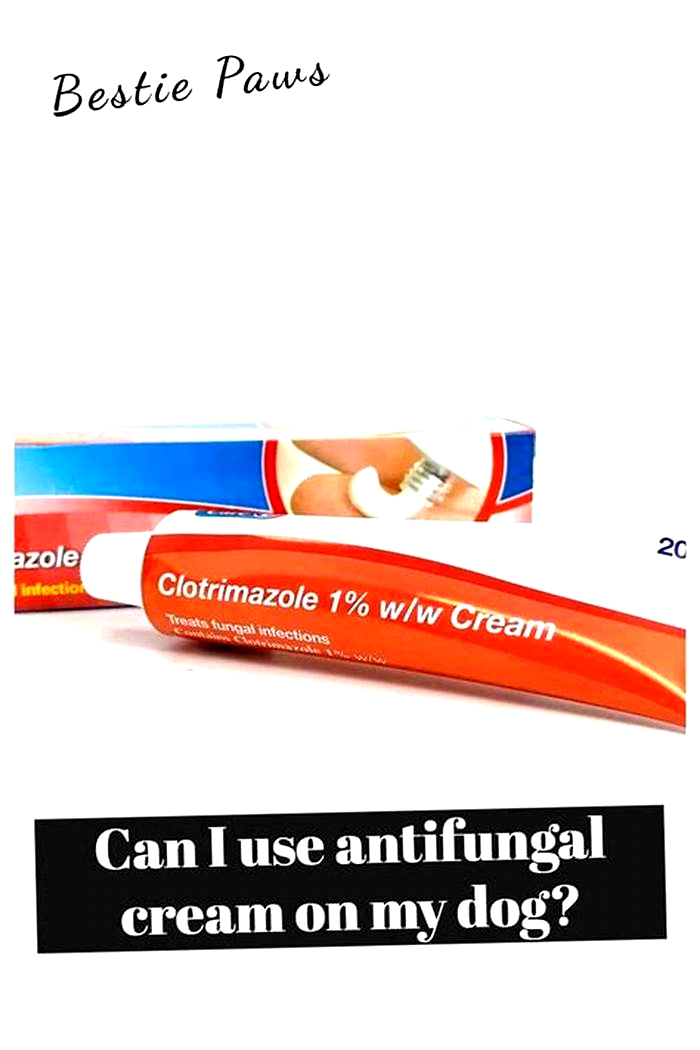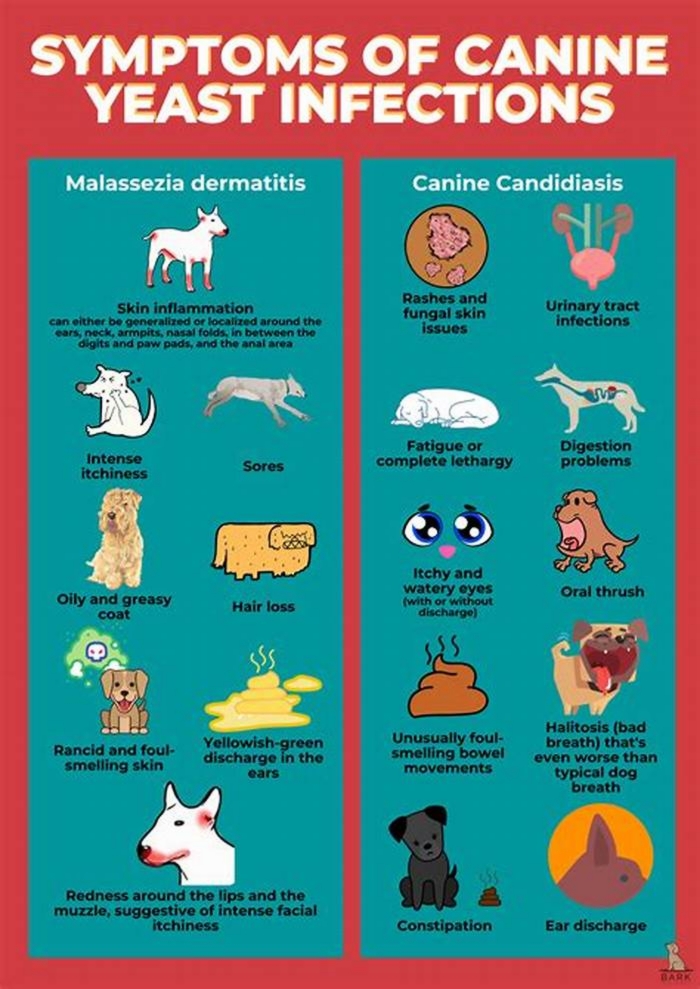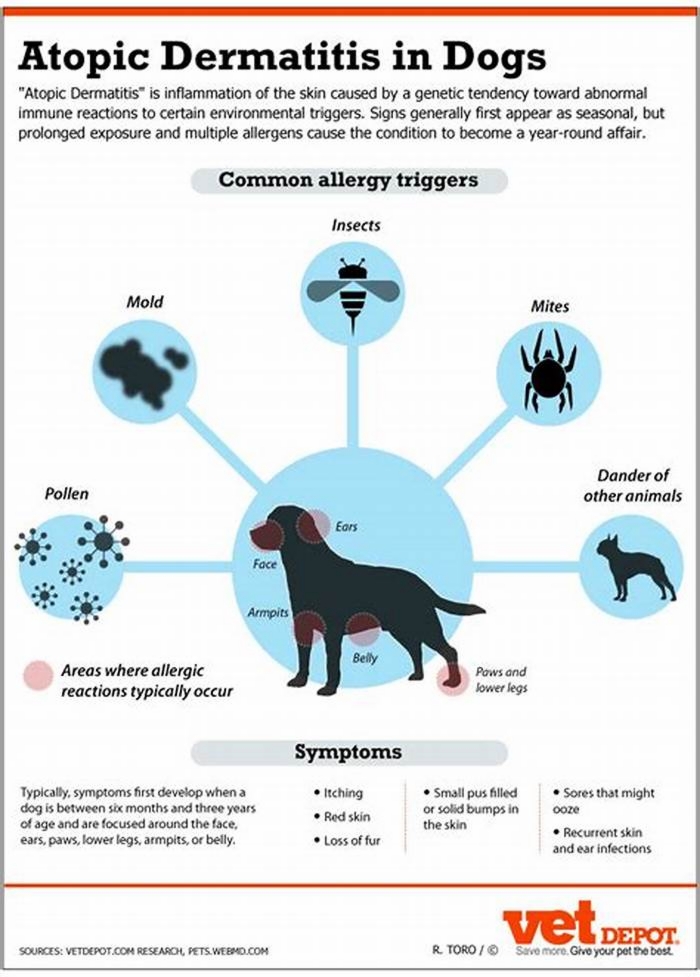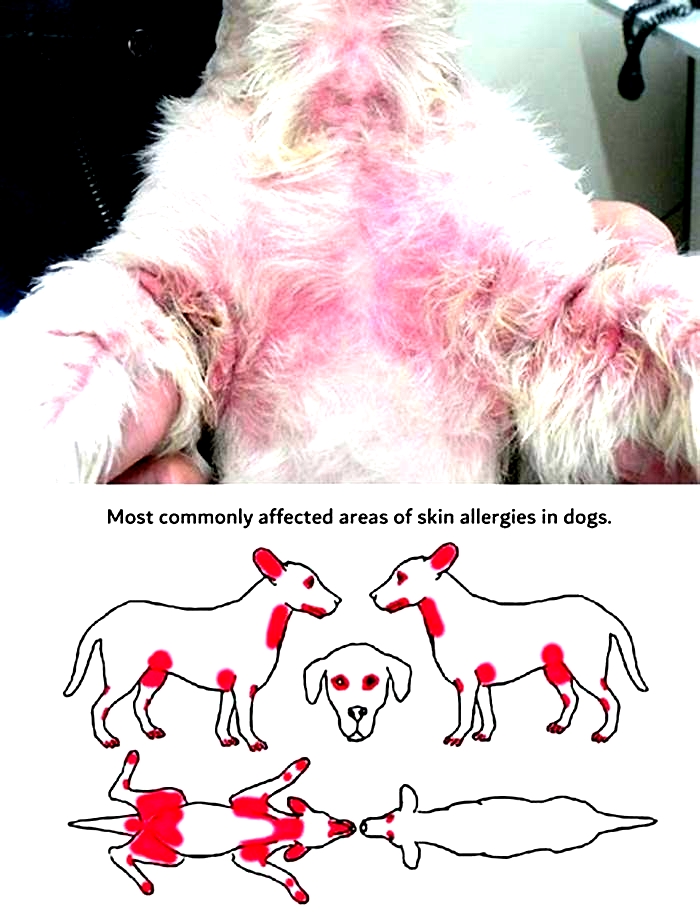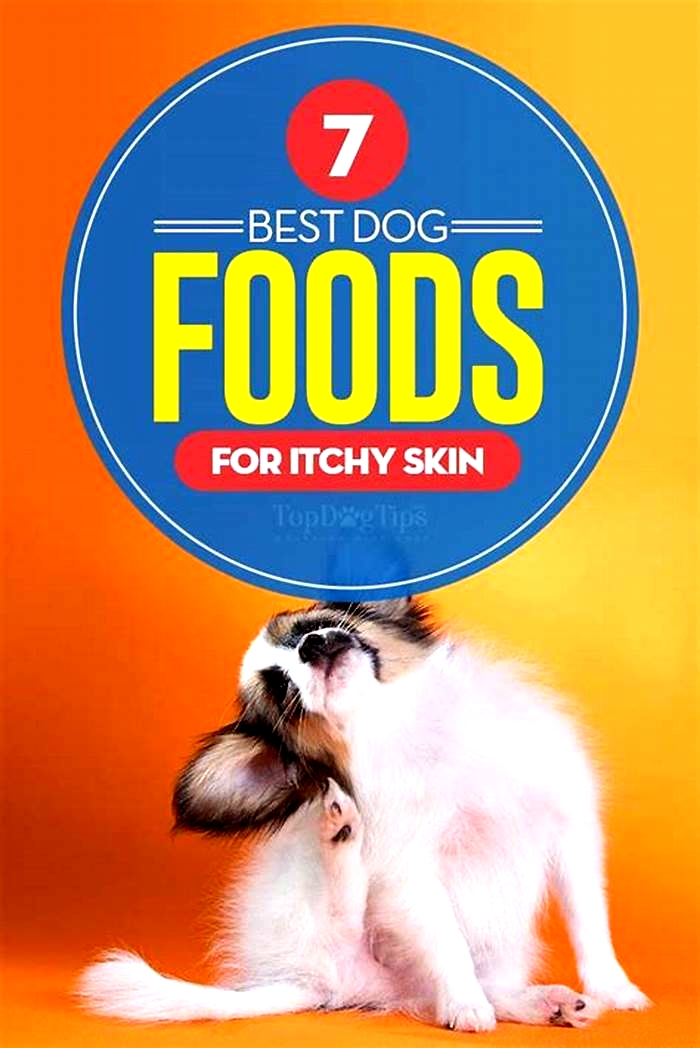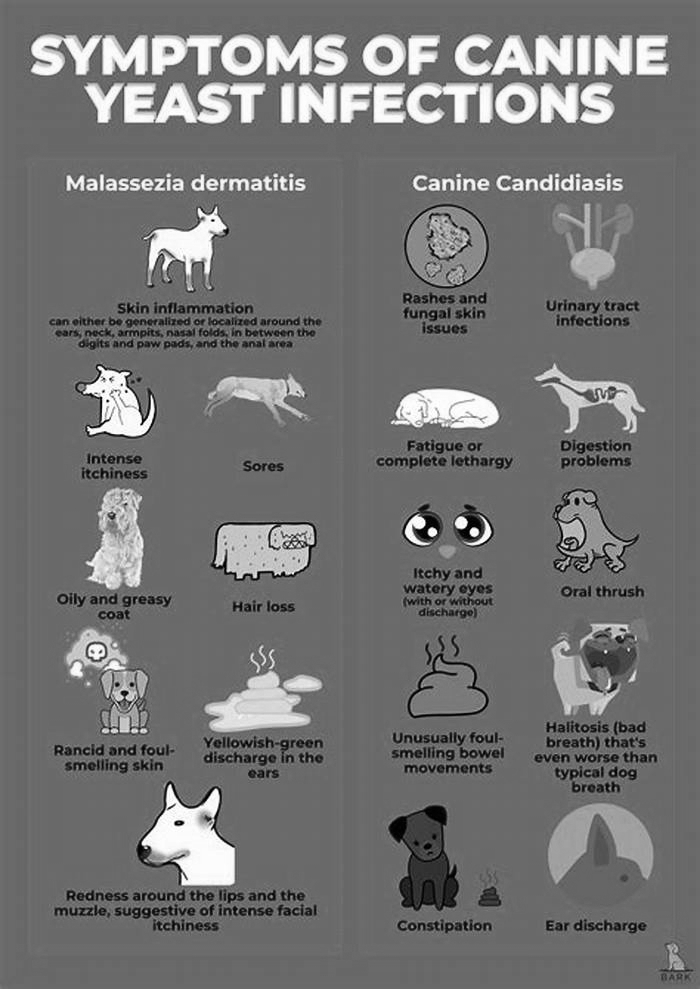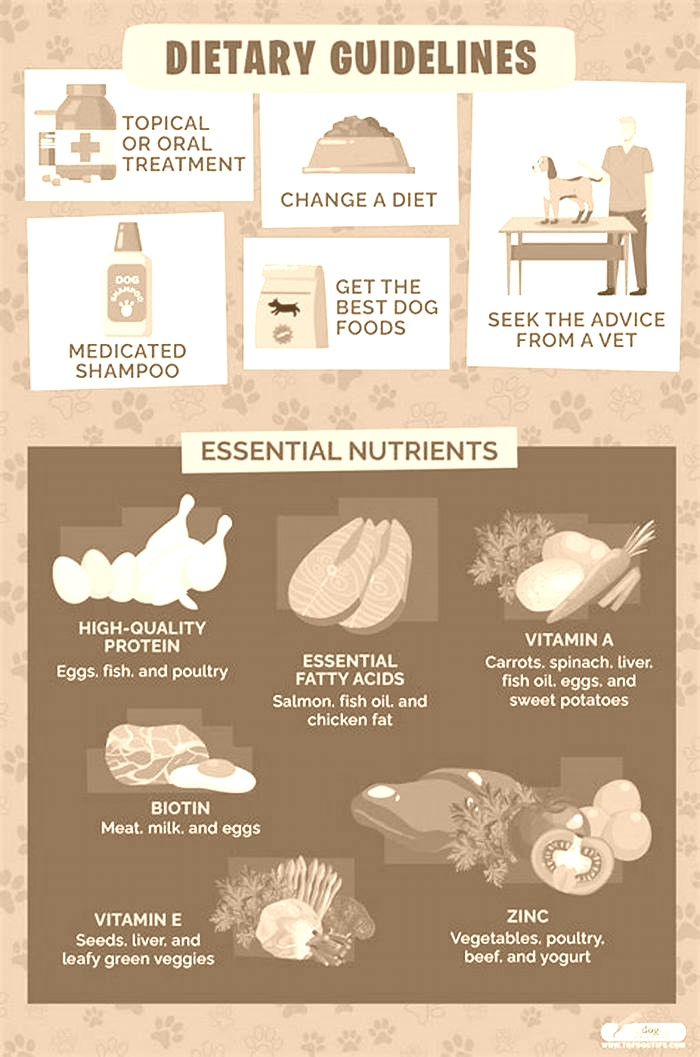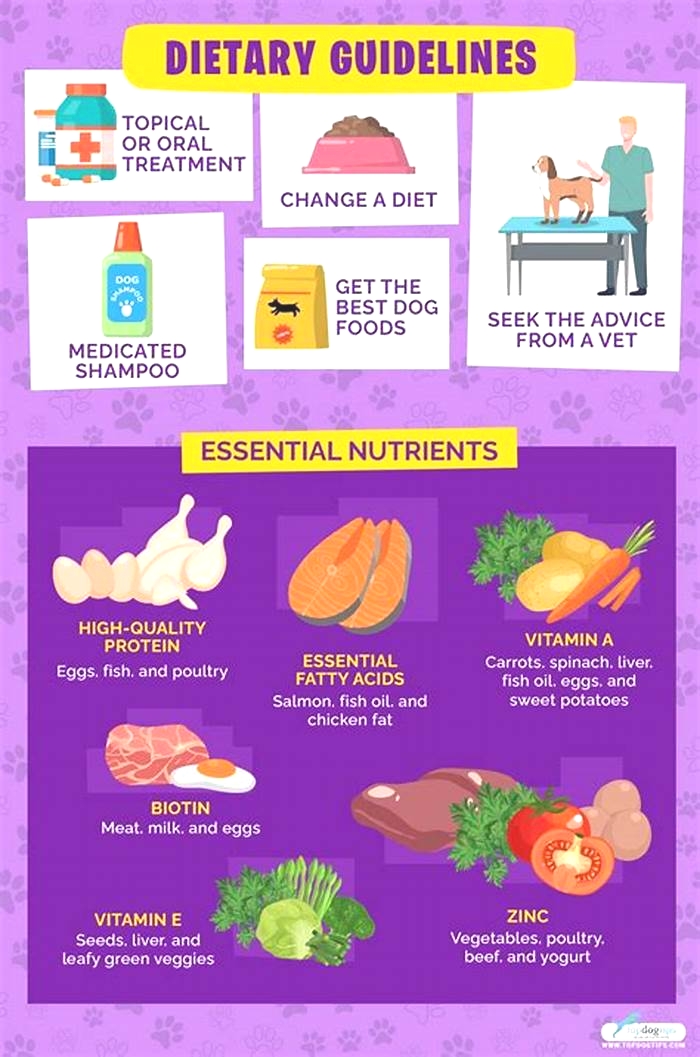What are antifungal foods for dogs
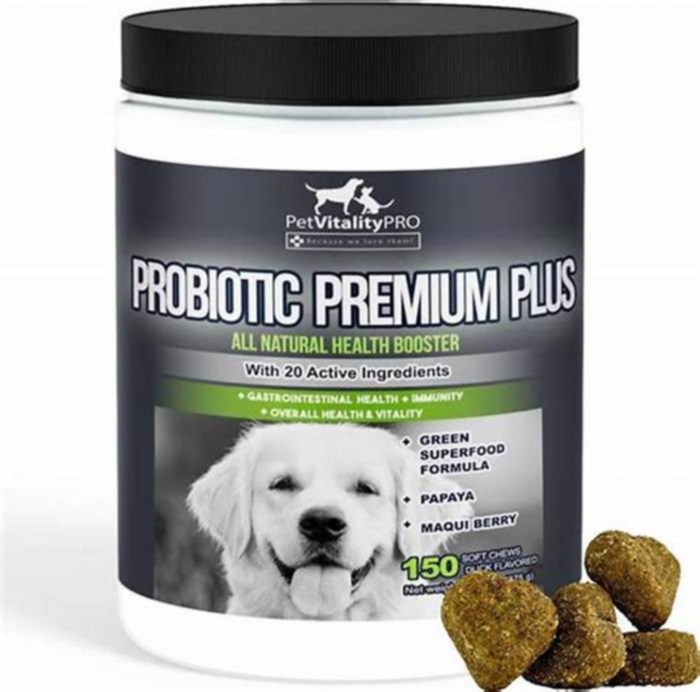
6 Natural Antifungal Foods For Dogs With Yeast Infections
Antifungal foods have a variety of health properties that make them a great addition to your dogs diet if they are prone to yeast infections or already have one.
In this article, we will discuss what causes yeast infection in dogs, as well as share 6 natural antifungal foods for dogs with yeast infections.
It is important to note that antifungal foods are not the ultimate cure for yeast infections, nor should they be the primary treatment method! Always consult with your veterinarian for the proper treatment options.
What Causes Yeast Infections in Dogs?
Yeast infections occur when a fungus called Malassezia pachydermatis grows out of control on your dogs skin or ears. This fungus is usually found on dogs, but if your pup has an underlying condition such as allergies or an immune system disorder, the fungus can spread rapidly and cause an infection.
What Are The Symptoms of a Yeast Infection in Dogs?
In this section, we will discuss some common symptoms associated with yeast infections in dogs.
- Itching: Yeast infections in dogs can cause intense itching, which can lead to scratching, biting, and rubbing of the affected area. This can further irritate the skin and lead to secondary infections.
- Redness and Inflammation: Dogs with yeast infections may have red, inflamed, and irritated skin, which can be painful and uncomfortable.
- Greasy or Oily Skin: Yeast infections in dogs can cause the skin to become greasy or oily, which can contribute to further irritation and discomfort.
- Musty or Yeasty Odor: Dogs with yeast infections may have a strong, musty, or yeasty odor, especially around the ears or paws.
- Brownish Discharge in the Ears: Yeast infections in dogs often affect the ears, and dogs with this condition may have a brownish discharge in the ears, along with redness and irritation.
- Open Sores and Thickened or Wrinkled Skin: In severe cases, a yeast infection in dogs can cause open sores, thickened skin, and wrinkles in the affected area.
For more helpful information about yeast infection in dogs, please see this informational article written by VCA Animal Hospitals.
Risk Factors For Developing a Yeast Infection
There are several risk factors that can increase a dogs likelihood of developing a yeast infection. These risk factors include:
- Allergies: Dogs with allergies, particularly food allergies or environmental allergies, are more likely to develop yeast infections. Allergies can weaken the immune system and make it more difficult for the body to fight off infections.
- Moisture: Yeast thrives in warm, moist environments, so dogs who spend a lot of time in humid or wet environments, such as swimming or living in a humid climate, are at an increased risk for yeast infections.
- Skin folds: Dogs with skin folds, such as bulldogs, pugs, and shar peis, are more susceptible to yeast infections. The warm, moist environment created by skin folds provides an ideal breeding ground for yeast.
- Poor nutrition: Dogs who are not receiving a balanced diet or who are eating food that is high in carbohydrates or sugars are more prone to yeast infections. Yeast feeds on sugar, so a diet that is high in sugar can contribute to yeast overgrowth.
- Weakened immune system: Dogs with weakened immune systems, whether due to an underlying health condition or medication, are at a higher risk of developing yeast infections.
- Ear infections: Dogs with frequent ear infections, particularly those caused by bacteria, are at an increased risk of developing yeast infections in the ears.
- Medications: Some medications, such as antibiotics and steroids, can disrupt the natural balance of bacteria and yeast in the body, leading to an overgrowth of yeast.
For information on the risk factors for dogs to develop urinary yeast infections, please see this study conducted by Sykes et al., 2019.
Dog Breeds That Are More Likely to Get Yeast Infections
While any dog can develop a yeast infection, certain dog breeds are more prone to developing these types of infections due to a combination of factors. Some of the dog breeds that are more likely to get yeast infections include:
- Bulldogs: Bulldogs are known to have skin folds, which can create a warm, moist environment that is ideal for the growth of yeast.
- Poodles: Poodles have hair instead of fur, and the tightly curled hair can trap moisture against the skin, providing a perfect breeding ground for yeast.
- Basset Hounds: Basset Hounds are prone to ear infections, and the warm, moist environment of the ears can lead to the growth of yeast.
- Shih Tzus: Shih Tzus are also prone to skin folds, which can create a moist environment that is ideal for yeast growth.
- West Highland White Terriers: West Highland White Terriers have a tendency to develop skin allergies, which can weaken the immune system and make them more susceptible to yeast infections.
Now that weve discussed all of the factors that can impact yeast infections in dogs, here are some commonly-known antifungal foods that you can add to your dogs diet to help them battle their infection!
6 Natural Antifungal Foods For Dogs With Yeast Infections
Antifungal foods are those that have been shown to possess natural compounds that have the ability to inhibit or kill fungi, including yeast and mold. These foods can be beneficial for those with fungal infections or those who want to support their immune system and overall health.
In this section, we will discuss some antifungal foods you can add to your dogs diet if they are suffering from a yeast infection. It is not a cure for yeast infections, but it can help either minimize the chances of your dog developing a yeast infection, or it can reduce an already-existing infection in combination with the proper treatment issued by a veterinarian.
Garlic
Garlic is a natural antifungal food due to its high content of a compound called allicin. Allicin is a sulfur-containing compound that is released when garlic is crushed or chopped. It has been shown to have antimicrobial properties, including antifungal activity against a range of fungal species.
Studies have found that allicin is effective in inhibiting the growth of Candida, a type of yeast that can cause fungal infections in humans and animals. Allicin is believed to work by disrupting the cell walls of the Candida fungus, making it more vulnerable to destruction by the bodys immune system.
Recommended amount: 1/3rd tsp per 10lb body weight.
Oregano
Oregano is considered a natural antifungal food because it contains several compounds that have been shown to have antimicrobial properties, including antifungal activity. Some of the active compounds in oregano that contribute to its antifungal properties include carvacrol, thymol, and rosmarinic acid.
Studies have shown that these compounds are effective in inhibiting the growth of a range of fungi, including Candida, Aspergillus, and Cryptococcus species. Oregano oil, which is extracted from the leaves of the oregano plant, has been found to be particularly effective in inhibiting the growth of these fungi.
The antifungal activity of oregano is believed to be due to its ability to disrupt the cell walls of the fungal cells, making them more vulnerable to destruction by the bodys immune system.
Coconut oil
Coconut oil is a natural antifungal food due to its high content of a medium-chain fatty acid called lauric acid. Lauric acid has been shown to have antimicrobial properties, including antifungal activity against a range of fungal species.
Studies have found that lauric acid is effective in inhibiting the growth of Candida, a type of yeast that can cause fungal infections in humans and animals. Lauric acid works by disrupting the cell walls of the Candida fungus, making it more vulnerable to destruction by the bodys immune system.
Recommended Brands
Raw apple cider vinegar
Raw apple cider vinegar is an antifungal food due to its high content of acetic acid, which is produced during the fermentation process. Acetic acid has been shown to have antimicrobial properties, including antifungal activity against a range of fungal species.
Studies have found that acetic acid is effective in inhibiting the growth of Candida, a type of yeast that can cause fungal infections in humans and animals. Acetic acid works by disrupting the cell walls of the Candida fungus, making it more vulnerable to destruction by the bodys immune system.
Kefir
Kefir is an antifungal food because it contains a variety of beneficial bacteria and yeasts that can help to balance the microbiome and inhibit the growth of harmful fungi, including Candida.
Kefir is a fermented milk product made by adding kefir grains, which are a combination of bacteria and yeast, to milk. During the fermentation process, these microorganisms produce lactic acid and other organic acids, which help to create an acidic environment that is inhospitable to many harmful microbes, including fungi.
In addition to its beneficial microorganisms, kefir is also rich in nutrients such as vitamins, minerals, and amino acids that can help to support the immune system and overall health. Interestingly, a study conducted by Iyer et al. (2016) demonstrated the antifungal and antimicrobial properties of kefir made from coconut milk.
Recommended amount: 1/2 tsp per 10lb body weight.
Fermented vegetables
Much like kefir, fermented vegetables have a variety of bacteria and yeasts that create an acidic environment that can prevent the growth of fungi.
In addition, the fermentation process also produces enzymes and other beneficial compounds that can help to support the immune system and overall health.
Fermented vegetables are also rich in nutrients such as vitamins, minerals, and fiber, which can help to support overall health and digestive function. They are also typically low in sugar and carbohydrates, which can help to reduce the growth of fungi and other harmful microbes that thrive on sugar.
Foods To Avoid For Dogs With Yeast Infection
If your dog has a yeast infection, there are certain foods that you should avoid feeding them, as these can potentially exacerbate the infection or feed the yeast growth. Here are some foods to avoid for dogs with a yeast infection:
- Sugary foods: Yeast feeds on sugar, so it is important to avoid feeding your dog any sugary foods, including treats and processed foods that contain high amounts of sugar.
- Carbohydrates: Carbohydrates can break down into sugar in the body, so it is important to avoid feeding your dog foods that are high in carbohydrates, such as grains and starchy vegetables.
- Fruit: While fruit is generally considered healthy for dogs, it is important to avoid feeding your dog fruit if they have a yeast infection, as it can be high in sugar.
- Dairy: Dairy products can be high in lactose, which can exacerbate yeast infections in some dogs. It is best to avoid feeding your dog dairy products if they have a yeast infection.
- Processed foods: Processed foods can contain high amounts of sugar, carbohydrates, and other ingredients that can exacerbate a yeast infection. It is best to feed your dog whole, natural foods that are low in sugar and carbohydrates.
Can I Catch a Yeast Infection From My Dog?
It is rare for a human to catch a yeast infection from a dog, but it is possible. The most common type of yeast infection in dogs is caused by the fungus Malassezia pachydermatis, which is not the same type of yeast that causes infections in humans, such as Candida.
However, if a person has a weakened immune system or a compromised skin barrier, they may be more susceptible to developing a yeast infection from their dog. This can occur if the dogs yeast infection is left untreated and the fungus is allowed to spread to the environment or the persons skin.
Symptoms of a yeast infection in humans may include itching, redness, and irritation in the affected area, as well as a rash or discharge. If you suspect that you may have a yeast infection from your dog, it is important to seek medical attention to receive an accurate diagnosis and appropriate treatment.
To reduce the risk of contracting a yeast infection from your dog, it is important to practice good hygiene and to avoid close contact with your dogs affected areas, such as their ears or paws. You can also take steps to support your dogs health and reduce the risk of developing a yeast infection, such as feeding them a healthy, balanced diet, providing regular grooming, and seeking veterinary care at the first sign of an infection.
Conclusion
All in all, antifungal food is an important part of any pups diet that can help keep them healthy and strong. Not only does it help protect against fungal infections but it also improves their immunity and digestive system as well. If you want to give your furry friend the best chance at staying healthy, be sure to include some quality antifungal food in their diet!
Recommended reading:

